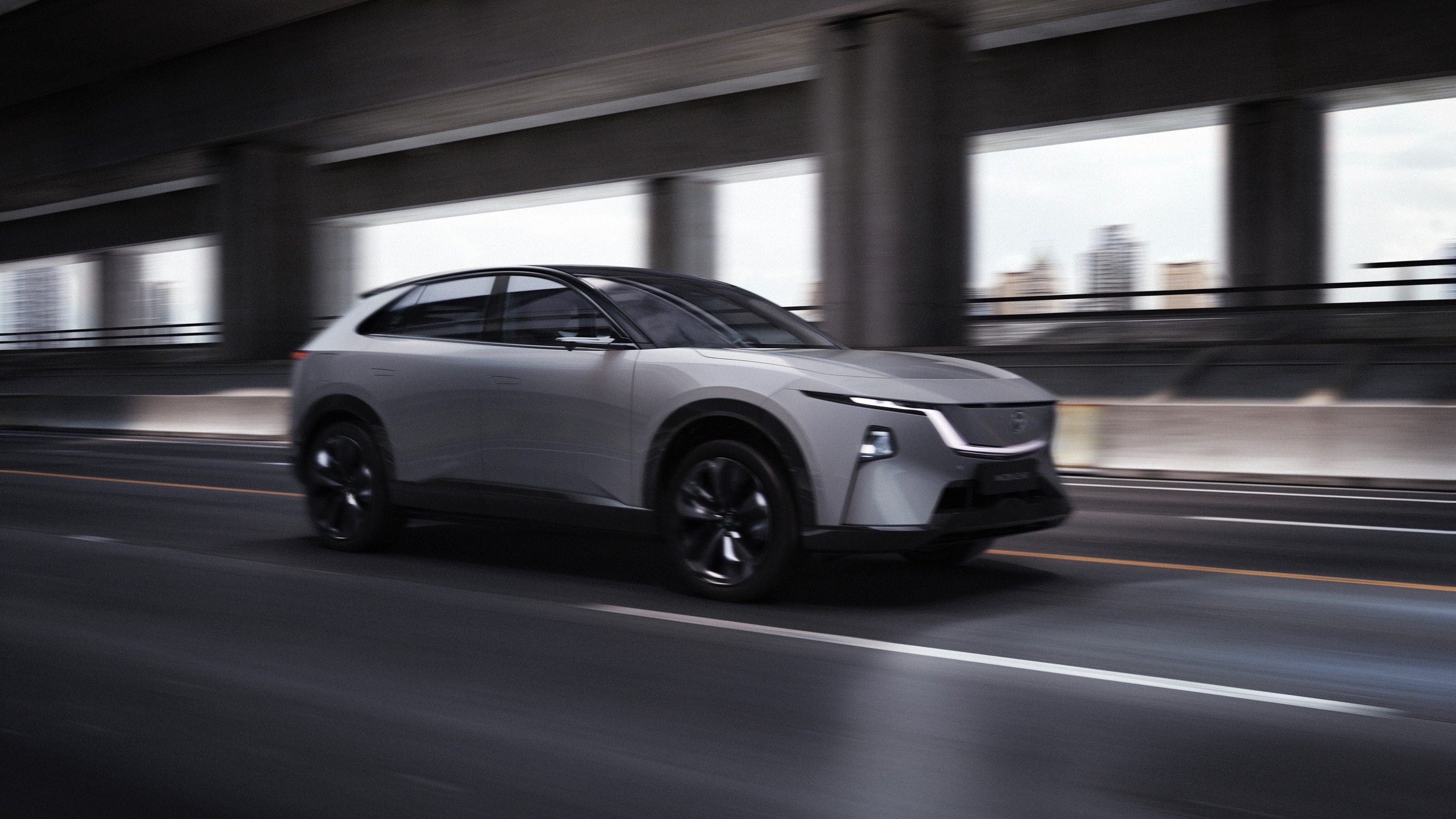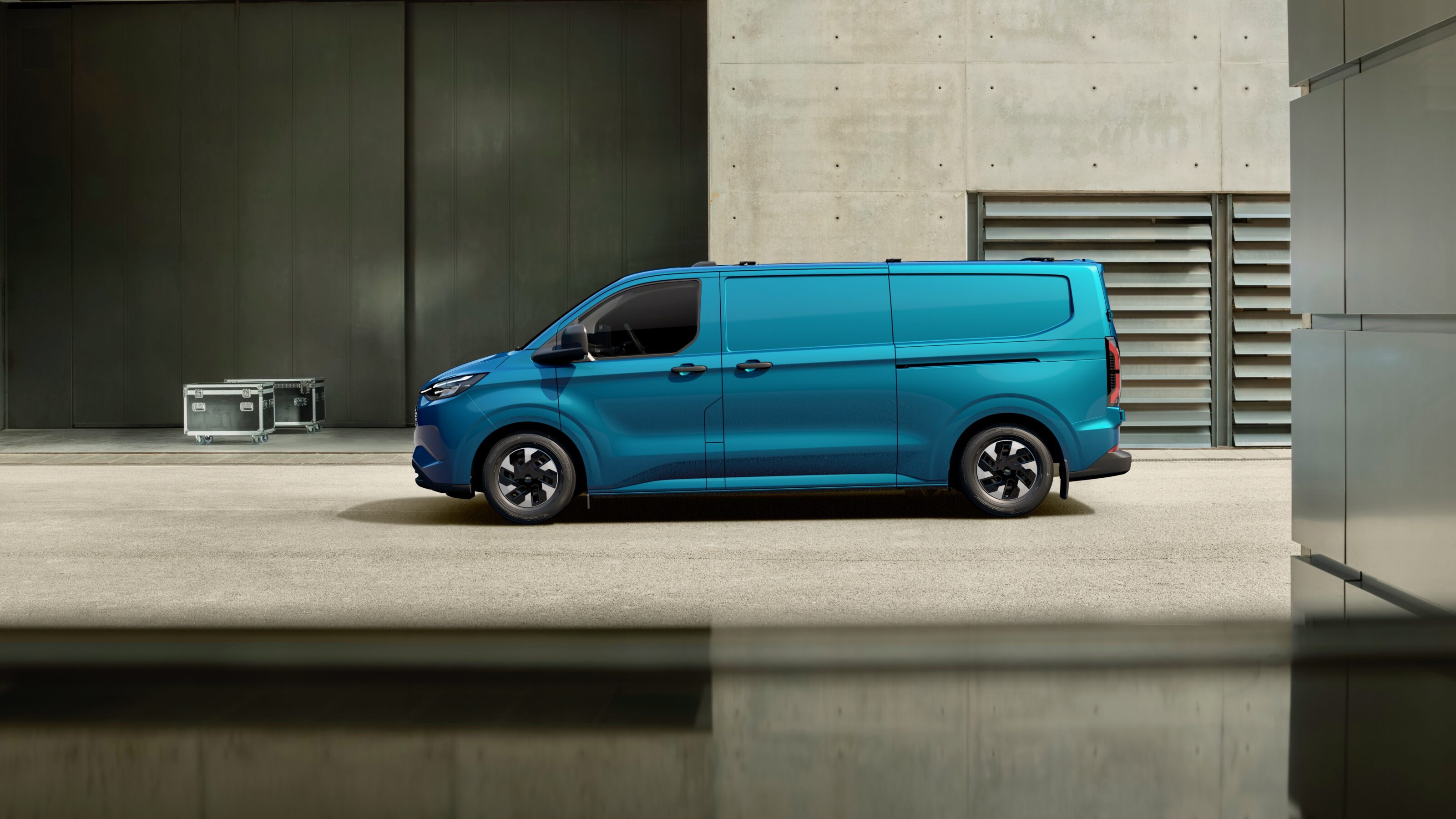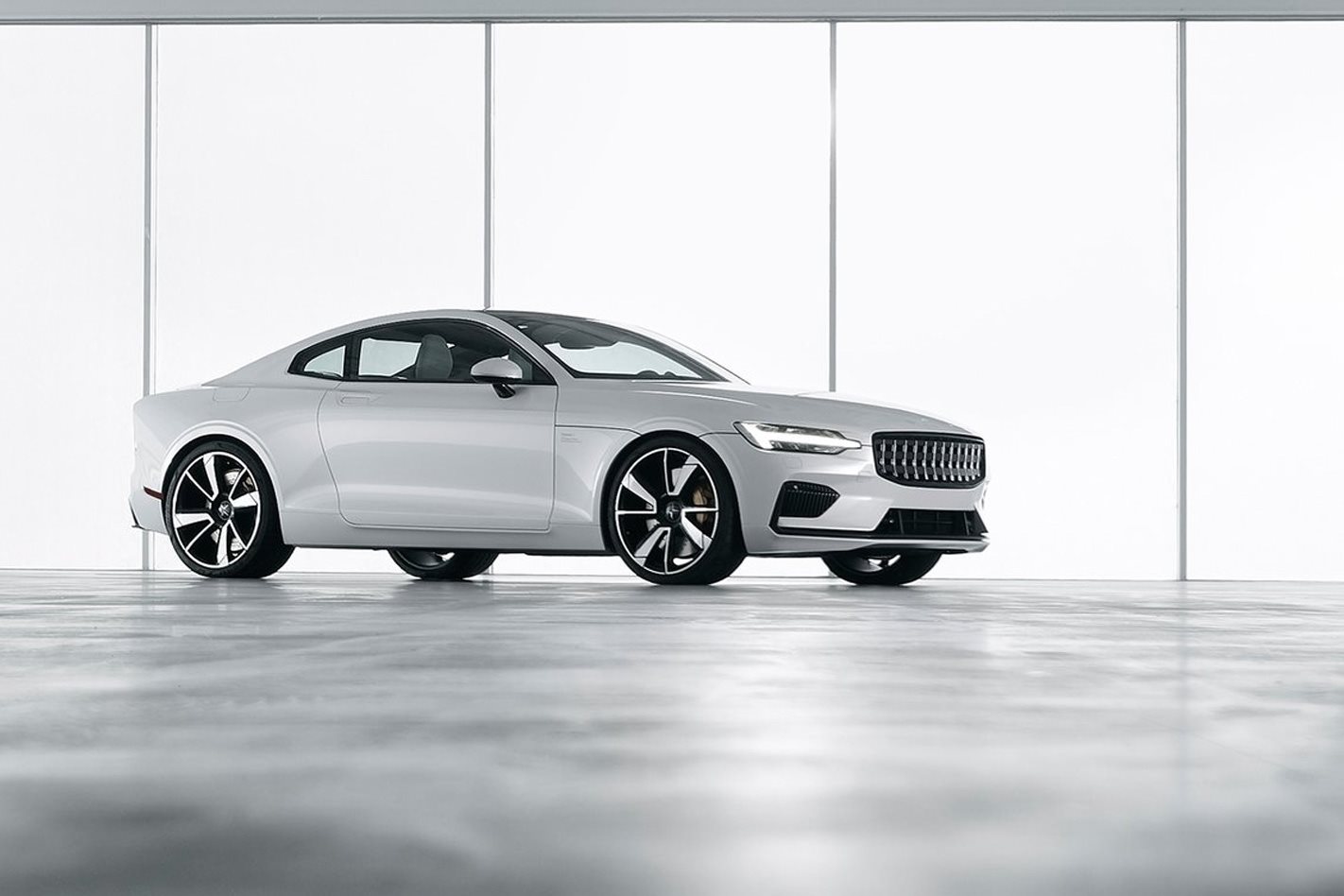
THE MOST exciting, dynamic and stylish Volvo to ever come out of Gothenburg – the 450kW, 1000Nm Polestar 1 – won’t be coming to Australia.
Instead, the low, long plug-in hybrid four-seat coupe that will spawn from the concept car unveiled in Shanghai in October will only sell in very small numbers in left-hand-drive markets. About 500 a year will be made from 2019 as the Chinese-owned Swedish company learns how to make the carbonfibre reinforced plastic-wrapped skin and pure carbonfibre subframes.
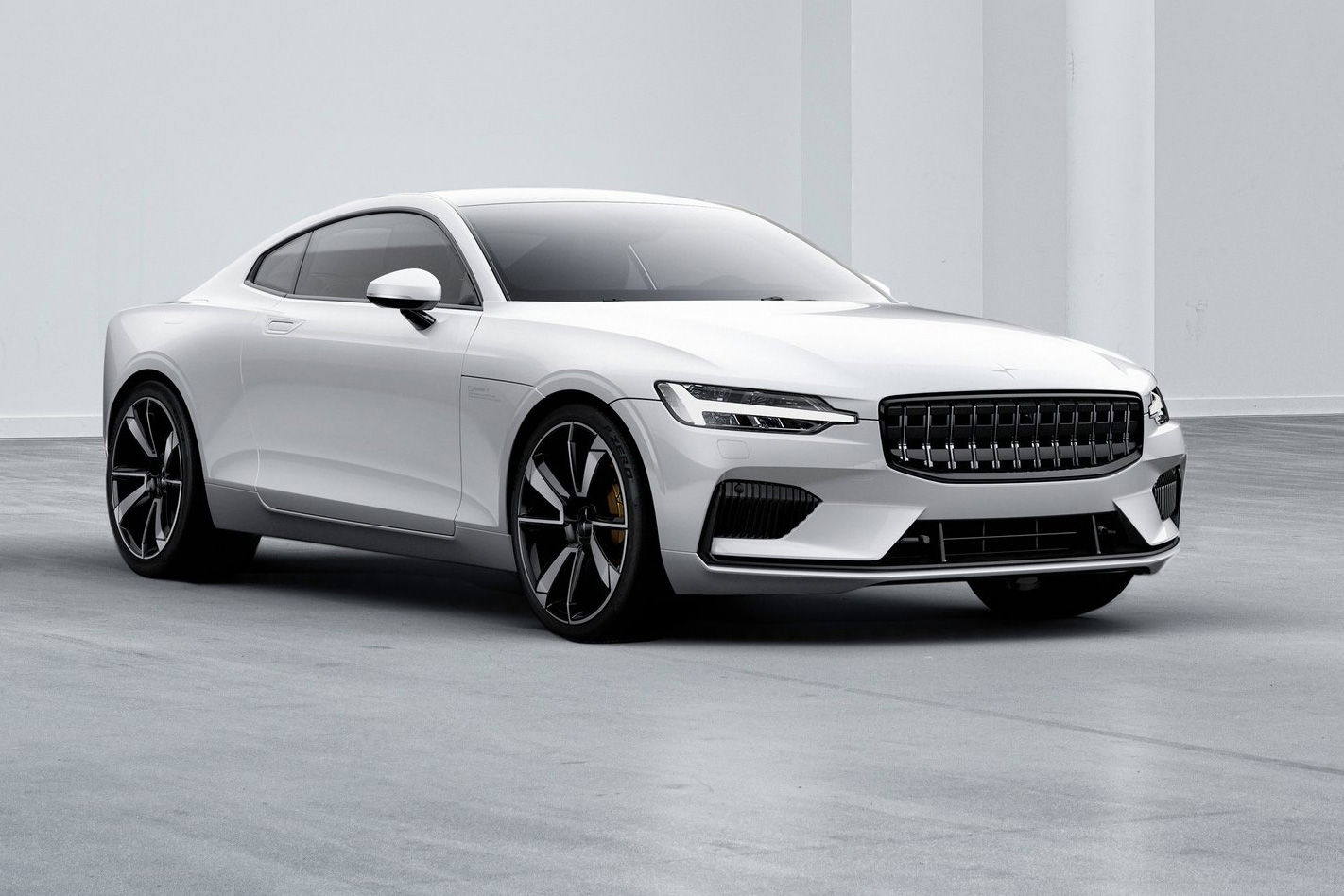
Our first taste of the repositioned Polestar, in its new role as Volvo’s standalone performance sub-brand, will come in 2020 when the Polestar 2, an all-electric SUV, arrives in right-hand-drive markets about nine months after its global launch.
Underneath the Polestar 1, a crisply penned notchback coupe that takes advantage of carbonfibre’s more versatile form-giving ability compared with pressed steel and aluminium, sits the Volvo Scalable Platform Architecture (SPA).
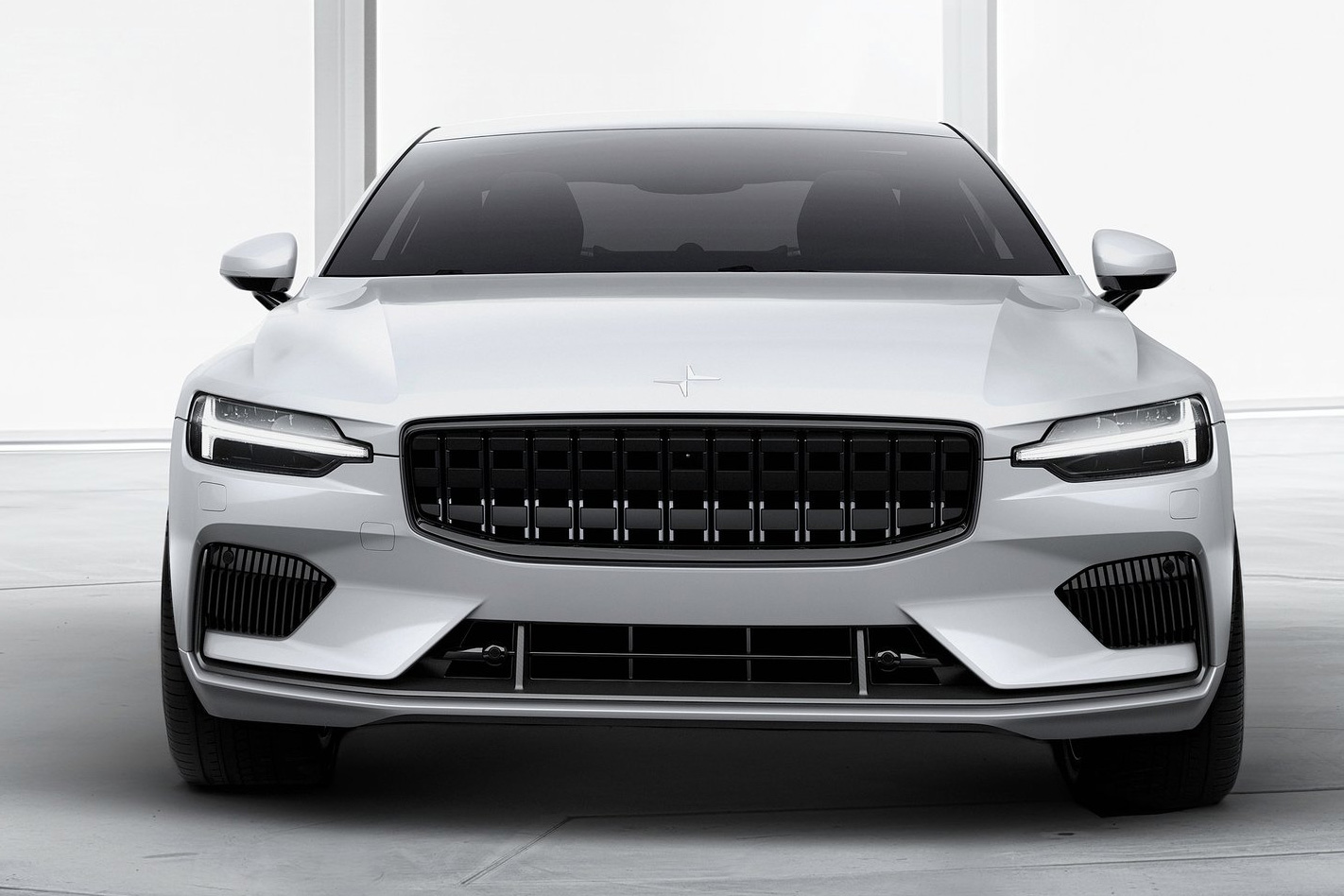
But unlike other models in Volvo’s line-up that use SPA – the Volvo S90, V90/V90 Cross Country, XC90 and the recently launched XC60 – Polestar 1 will only use the platform’s steel sub-frame, with a wheelbase shortened 320mm from the S90, and the overall body length 650mm shorter than the S90 at 4500mm. The carbonfibre bits bonded and riveted over the top of it help save 230kg, the same weight as the battery packs tucked in the transmission tunnel and over the rear axle.
Beneath the bonnet is a 2.0-litre turbo- and supercharged petrol engine, familiar as Volvo’s T8 driveline, mated to two electric motors that produce a combined 160kW. The motors – rear-mounted within a specially strengthened multi-link sub-frame – are linked to planetary gears that allow torque-vectoring.
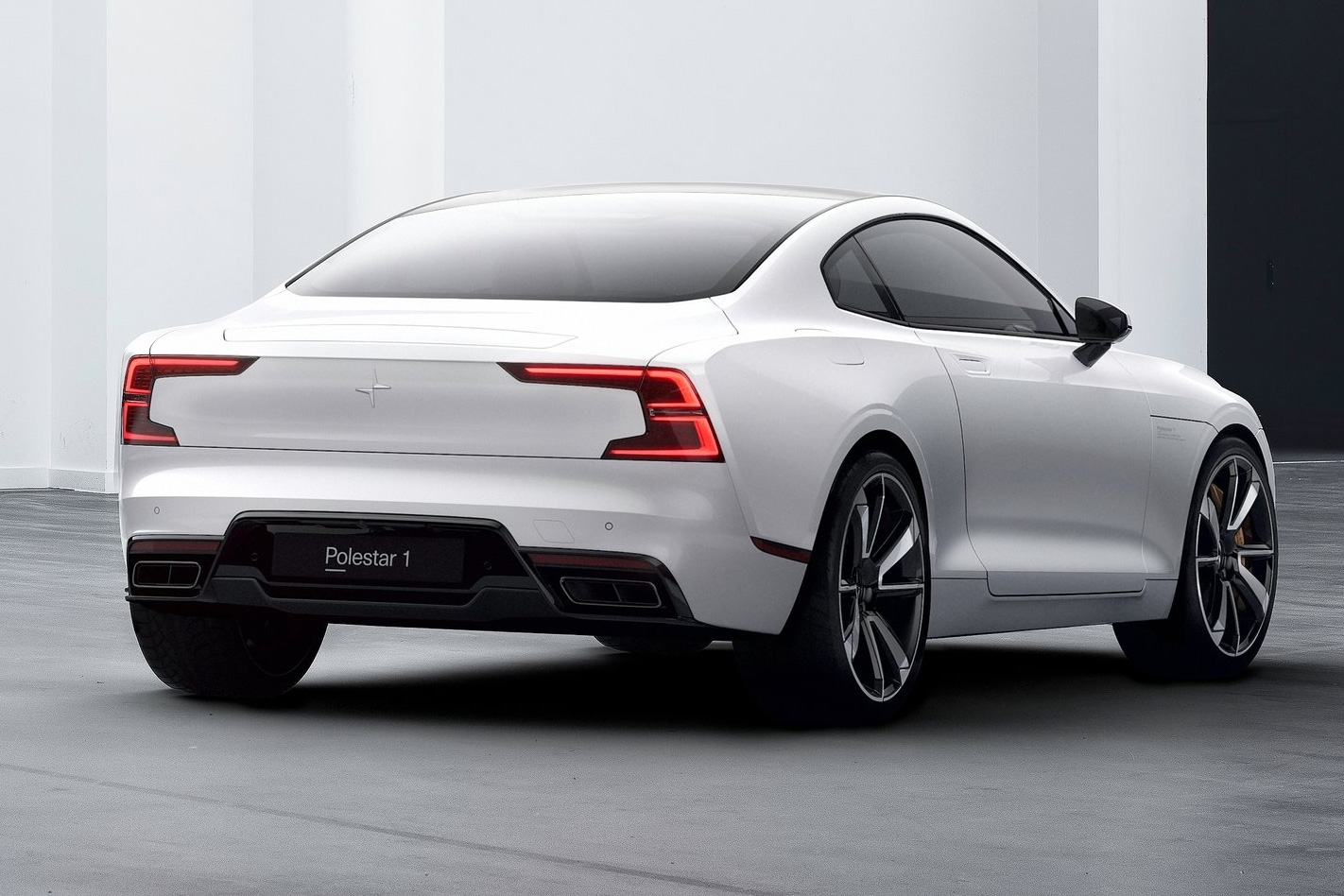
Polestar has tapped fellow Swedes Ohlins to provide the Project 1’s electronically controlled three-mode dampers, while brake specialist Akebono – it makes the stoppers for F1 teams McLaren and Renault, as well as McLaren’s road cars – supply the six-pot calipers, milled from a single piece of aluminium, that will wrap around slotted 400mm front discs.
Those stoppers need to be big. To give it a 150km all-electric range, the Project 1 has substantial battery packs that bring total weight to 2000kg. The rear-mounted batteries push the weight distribution to 48:52 front to rear.
It’s allowed Polestar to fit the 1 with staggered 21-inch tyres, 275mm up front (the widest Polestar could fit) and 295mm at the rear, to shift more braking bias rearwards and help achieve a 100-0km/h braking distance somewhere in the low 30-metre region. A small rear wing that rises from the boot lid adds high-speed downforce.
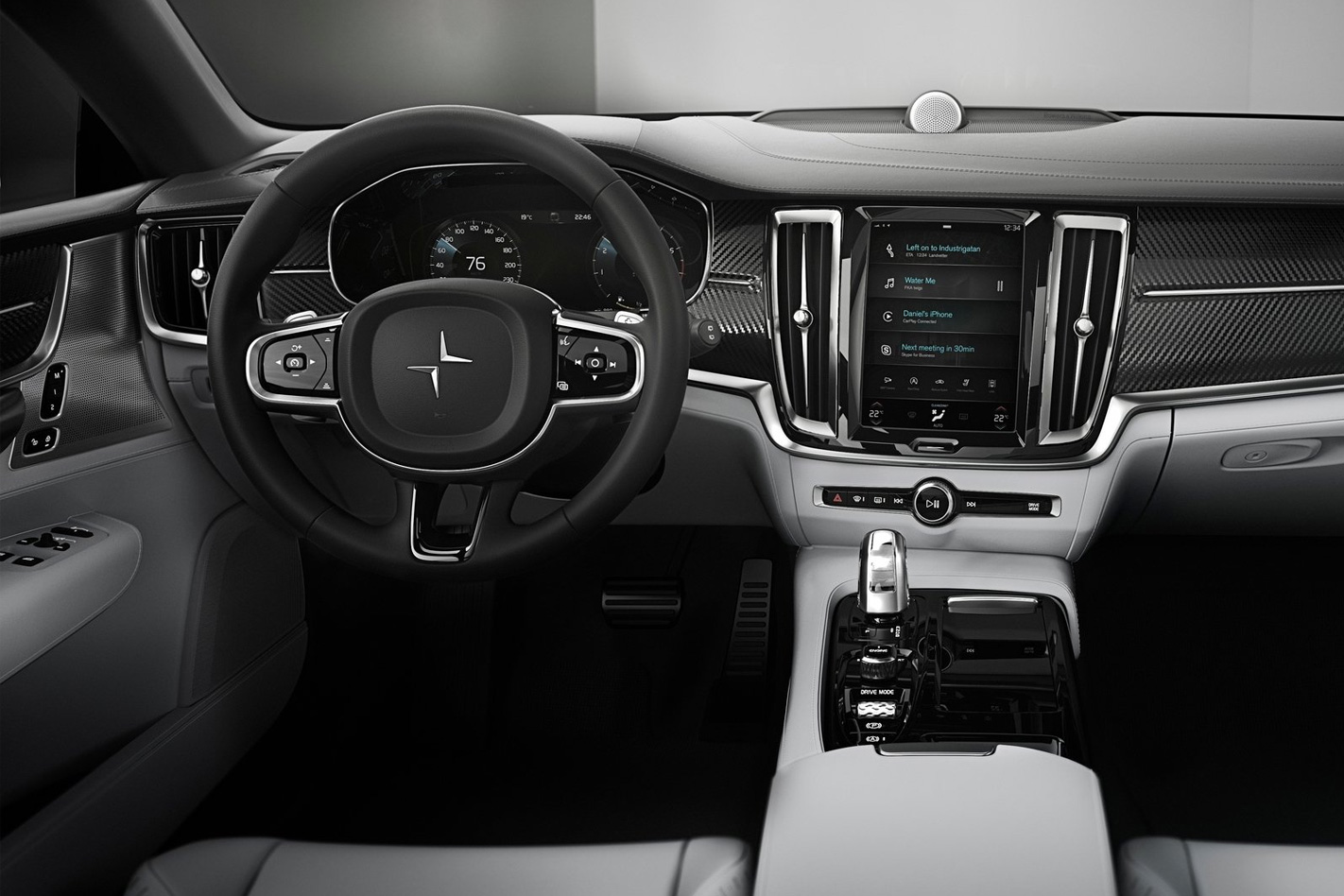
The Polestar 1 concept’s interior doesn’t push the design envelope and is typically Volvo-austere. Plenty of exposed carbonfibre trim lets you know you’re not in a Swedish taxi, and contrasting light-coloured front seats are there to test potential customers’ appetites for something a bit different. Oddly, the gold seatbelts are colour-coded to the front and rear brake calipers.
Volvo doesn’t make a 0-100km/h claim for its first Polestar-badged ‘electric performance hybrid’. The executives Wheels spoke to talked the performance benchmark down, saying that the only thing that’s important is the experience the Polestar 1 will deliver.
It’s just a shame Australia, the country that helped Polestar test the world’s appetite for performance-honed Volvos, won’t be part of it.

